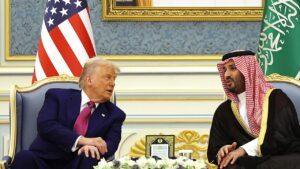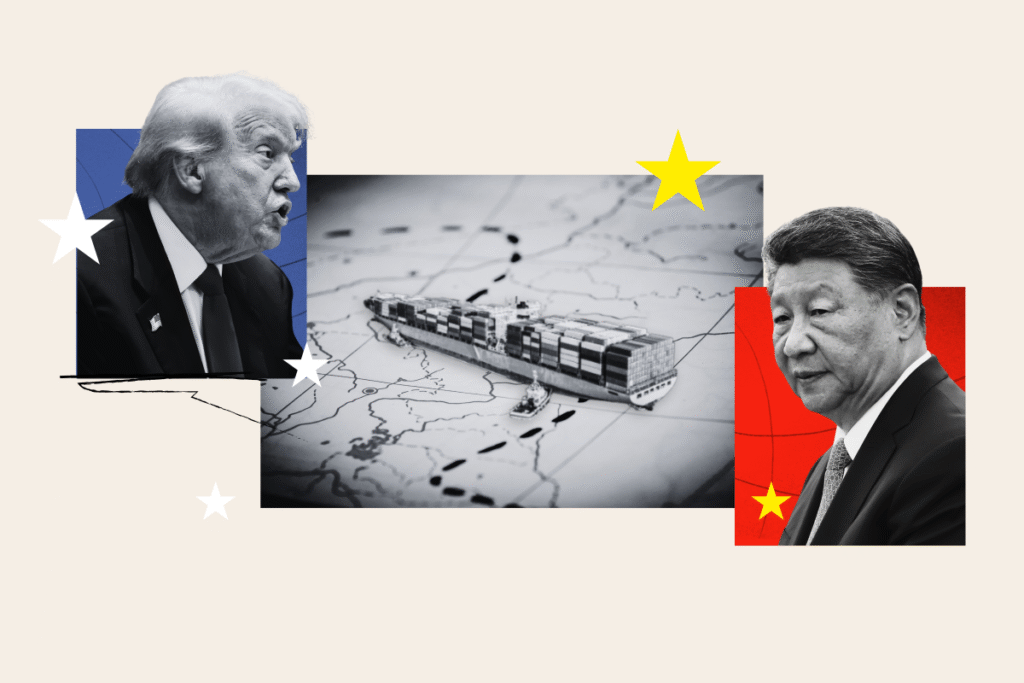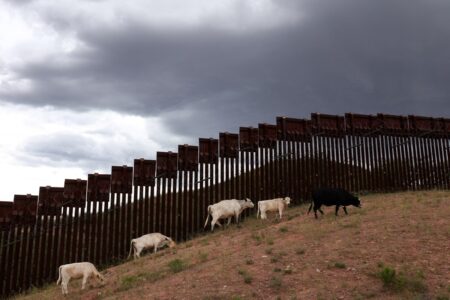The United States gets more loans from China than any other country in the world, according to a massive new dataset spanning 24 years that turns conventional wisdom on its head—and shows that China’s overseas loans are geared toward increasing its own national power.
While most people had long believed that China’s overseas lending and its much smaller grant-making were focused on developing countries via its development and infrastructure-oriented Belt and Road Initiative (BRI), the report by the AidData research lab at the College of William & Mary in Virginia says that today more than three quarters of China’s overseas loans go to wealthy countries and were strategic in nature, focused on critical infrastructure and minerals, and high-tech assets.
“The overall size of China’s portfolio is two-to-four times larger than previously published estimates suggest,” said Brad Parks, AidData’s executive director and the lead author of the report Chasing China: Learning to Play by Beijing’s Global Lending Rules.
Total overseas lending by China from 2000-2023 was $2.2 trillion, the report’s massive team of 130 fact finders and financial analysts found by tracking more than 30,000 projects and activities by official Chinese creditors across 217 countries in a three-year research effort.
Leading the way as a recipient was the U.S. at $202 billion. Next highest was Russia, which received $172 billion, with Australia third at $130 billion and Venezuela fourth at $106 billion. The U.S. has the world’s largest economy, making it a natural target for investment via loans, but other aspects of the pattern suggest that the activity is highly strategic in nature.
The report said that China was using “economic statecraft” to advance policy goals, meaning it was working to align its loans with growing its national power, including the goal of becoming the leading technological and industrial might in the world and outstripping the. U.S. and other Western nations. Thus a key focus of lending was the top scientific and technological assets, and the raw materials, needed to achieve that, the report found.
“Much of the lending to wealthy countries is focused on critical infrastructure, critical minerals, and the acquisition of high-tech assets, like semiconductor companies,” Parks said.
Copying China
Importantly, the report also says that China’s targeted approach to lending increasingly was influencing how the U.S. and other Western nations were using aid to shape the global security and political environment, pointing to a recent $20 billion bailout by the U.S. to Argentina. “The Trump administration recently took a page out of Beijing’s playbook,” it said.
“The Biden and Trump administrations have sought to bankroll the acquisition of ownership stakes in critical infrastructure and critical mineral assets in high-income countries—such as Greece’s Piraeus Port, Greenland’s Tanbreez rare earth deposits, the Panama Canal, and Australia’s Darwin Port—on national security grounds,” the report said.
It also appeared to link this year’s highly divisive dismantling by the Trump administration of the traditional-style, aid-focused United States Agency for International Development (USAID) to growing pressure from China.
U.S. legislators were debating if the money freed up from USAID could go to increasing the lending cap of a different agency, the U.S. International Development Finance Corporation (DFC), from $60 billion to $250 billion, it said.
That would “give it a freer hand to operate in high-income countries on projects of national security significance,” the report said.
Overall, the report’s authors said, “Beijing’s go-it-alone approach has forced policymakers in Western capitals to fundamentally rethink the way they use aid and credit instruments.” But unlike China, democratic Western nations were unable to control the activities of companies and align them with national policy objectives, giving China’s system “a major advantage” in achieving its national security goals, they said.
Read the full article here














